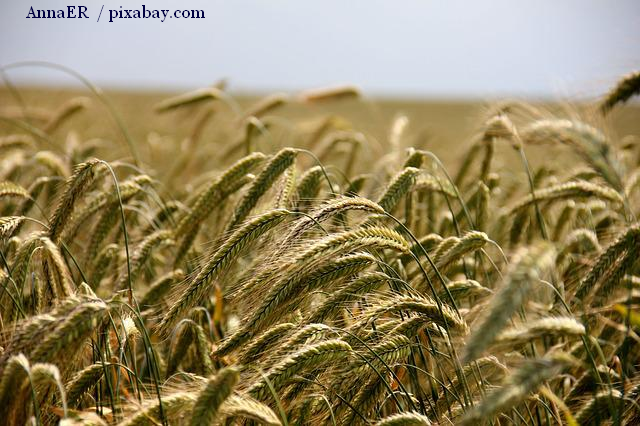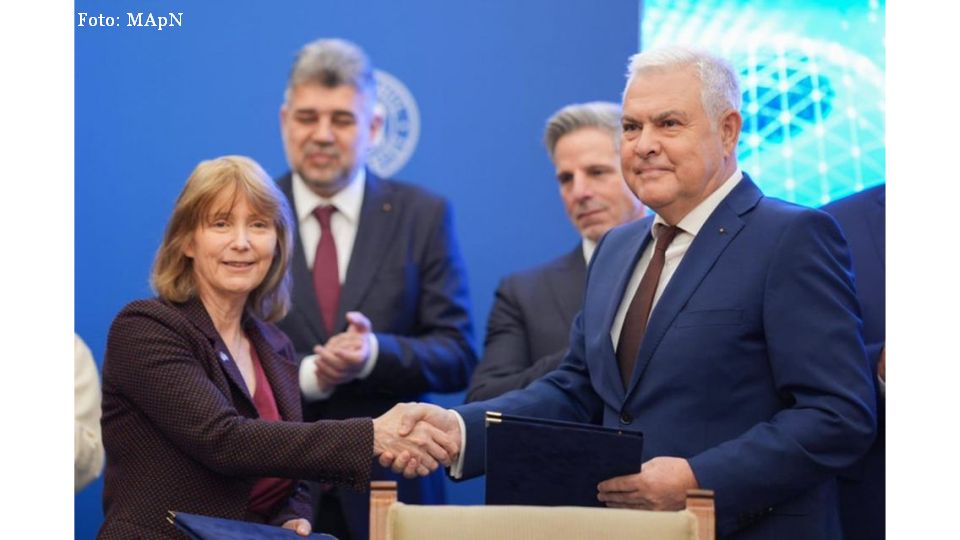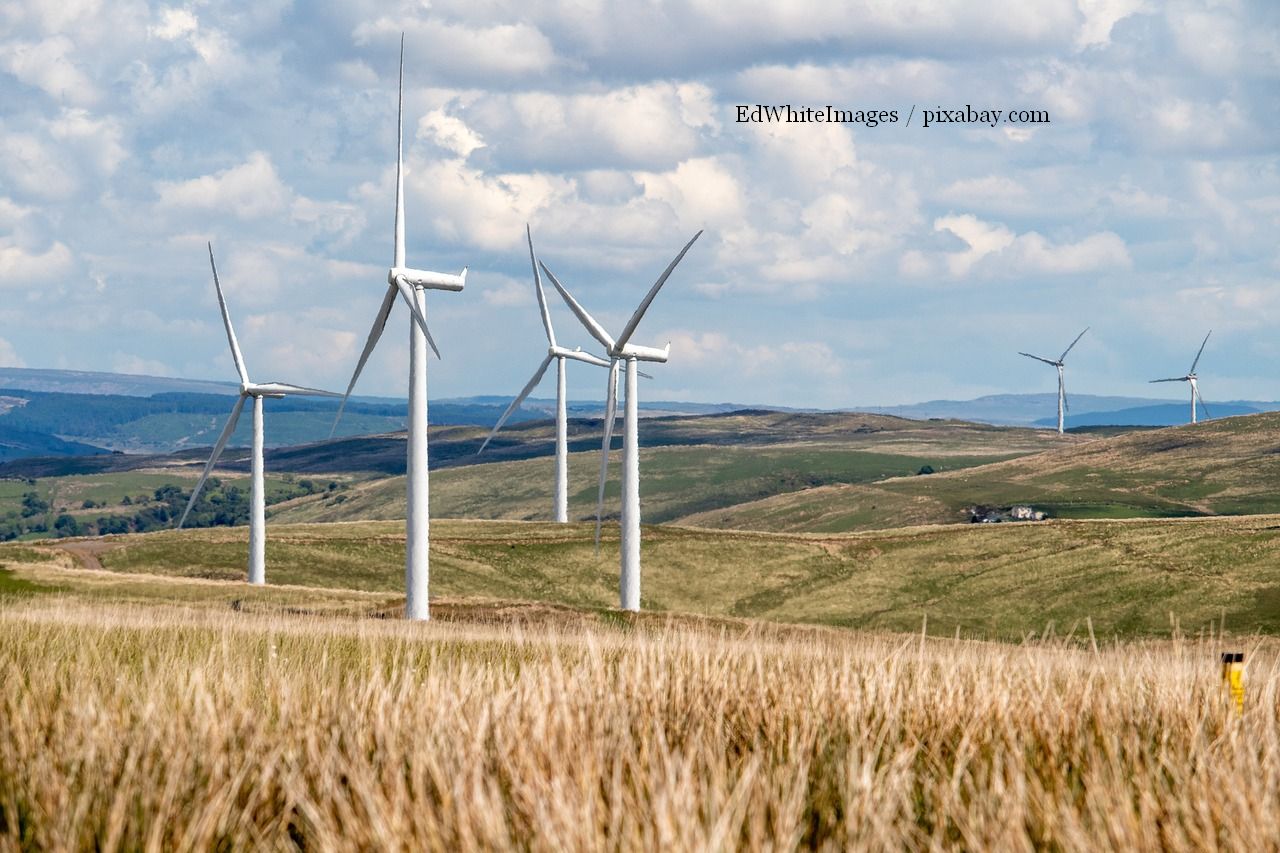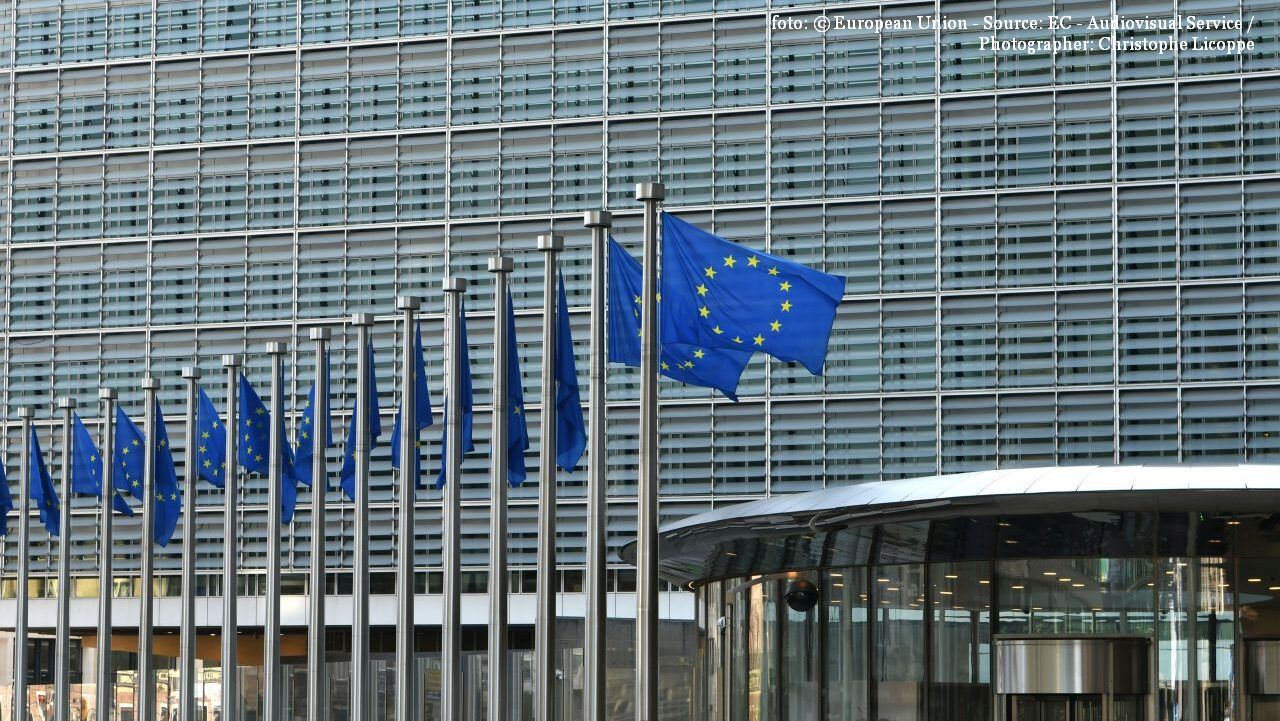European funds for Ukrainian grain exports
Romania might attract a big part of the EU funds for the infrastructure used in the Ukrainian grain exports via the member states

Corina Cristea, 26.09.2023, 13:50
Ukraine is dependent on the
European transport corridors after its exports and imports by sea have been
suspended by the blockade imposed by Russia. According to present data, over
May 2022 and August 2023, these solidarity corridors have allowed Ukraine to
export over 53 million tons of farm products, including roughly 48 million tons
of cereals and other similar products. These exports are estimated to have brought
Ukraine 38 billion euros in income. At the same time, Ukraine imported via the
solidarity corridors goods with a total value of roughly 70 billion euro. ‘This
proves that our economic partnership leads to an increase in exports and
imports’, the European Commissioner for Transport, Romanian Adina Valean, said
during a meeting she had with the Ukrainian Minister of Infrastructure,
Oleksandr Kubrakov.
The European
Commissioner has also announced the launch by the European Commission of a new
fund scheme for the infrastructure used in the Ukrainian exports through the
member states. We want to ensure the future integration of the Ukrainian
railway system with the EU transport system through the introduction of the
European standard gauge with a view to having a railway connection along
Ukraine from the city of Lviv to Iasi, in eastern Romania, and farther to Chisinau,
in the Republic of Moldova. The infrastructure resulted and that we have
streamlined in the past 16 months is here to stay and represents a ‘de facto’
integration from the viewpoint of infrastructure of Ukraine in the EU single
market, the EU commissioner went on to say.
60% of the goods shipped through
the solidarity corridors is transiting Romania. We are speaking here about
roads as well as the Danube and the Black Sea port of Constanta – the most
important points in the Ukrainian exports.
Under these circumstances,
Romania could obtain a big part of the funding scheme if it came with projects
until the deadline in January, when the scheme is closed. Down the Danube
along its border with Ukraine and then the port of Constanta are two points,
which could attract consistent European funding, Adina Vălean added. On one
had we are talking about measures of streamlining the operations in the port of
Constanta, on the other hand we are talking about increasing the capabilities
of transferring the goods from one ship to the other. We are having talks about
the purchase of specific equipment to be shipped to the port of Constanta the
Commissioner has explained. The novelty of the aforementioned 7 billion euro
funding scheme resides in the permission granted to the Republic of Moldova and
Ukraine to apply with projects in conditions similar to those of the member
states, without having to have a community partner.
(bill)






























